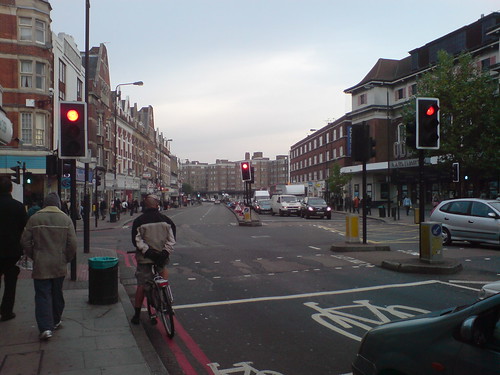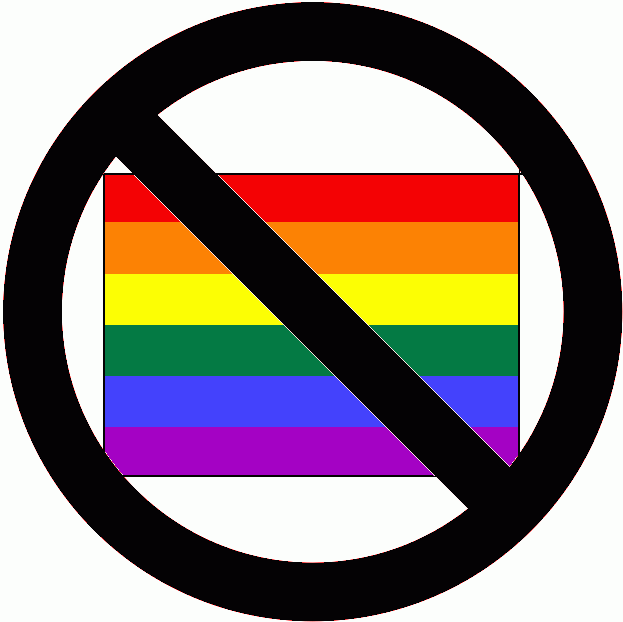 In order to create a radio advert we had to use the program GarageBand. It is usually used to mix and record music for amateur musicians, however it does have the capabilities to record and edit recorded voices. To begin with we had to open up a folder and instead of the usual tracks that would be used, for example to record guitar or piano sounds, we created a 'real instrument' track. This meant that when we imported our sounds that they would be easier to manipulate.
In order to create a radio advert we had to use the program GarageBand. It is usually used to mix and record music for amateur musicians, however it does have the capabilities to record and edit recorded voices. To begin with we had to open up a folder and instead of the usual tracks that would be used, for example to record guitar or piano sounds, we created a 'real instrument' track. This meant that when we imported our sounds that they would be easier to manipulate.
We exported the sound files from the documentary also onto a usb and copied in onto the same computer. When we went through the audio of the documentary we were very selective about what we took - choosing only the most important parts. Once it was all safely in GarageBand we could split it all up and separate up the most important parts and delete anything irrelevant.
Our advert was only supposed to be 20-30 seconds so we had to cut it down a lot and be very ruthless about anything that was not going to add anything to the final advert.

This problem was solved by copying and pasting duplicate files that, when aligned with the existing files, would make double the sound and so be louder.
There was another way we could increase the sound however, which involved bringing up the track volume and raising the blue line that appeared.
When we clicked on the blue line, something called a track node appeared and creating more of them made us able to move the volume up and down. This was also useful for making fade effects because you could use the nodes to make a voice fade in or out.
This was the point at which we needed to add music to our advert so as to link all the separate speaking pieces together. After searching a very long time we found some copyright free christian hymn music that fit perfectly with the tone of our documentary and so would be great for the advert. When we imported the music as an MP3 file it was far too long and so we had to cut off the end straight away. Once we had an approximate length we had to bring up the editor tool bar to do some more delicate cutting up so that the natural fade outs in the music corresponded with voice changes in the rest of the audio.
The end we were especially proud of because the music reaches a break and trails off by itself without us needing to adjust the track volume.





























